

Articles
How To Store Books In Cardboard Boxes
Modified: December 7, 2023
Learn how to store your articles and protect them from damage with cardboard boxes. Follow these simple steps to keep your articles organized and safe.
(Many of the links in this article redirect to a specific reviewed product. Your purchase of these products through affiliate links helps to generate commission for Storables.com, at no extra cost. Learn more)
Introduction
When it comes to storing books, it is essential to take proper steps to ensure their safety and longevity. Whether you are moving to a new house, decluttering your home, or simply looking for a way to store your book collection, cardboard boxes are a popular choice. They are cost-effective, easily accessible, and provide adequate protection for your books.
In this article, we will guide you on how to store books in cardboard boxes effectively. We will cover essential steps such as choosing the right cardboard boxes, cleaning and preparing the books, sorting and categorizing, packing the books, filling empty spaces, sealing and labeling the boxes, and storing them properly. Additionally, we will share some tips for long-term storage.
So, let’s dive in and learn the best practices for storing your precious books in cardboard boxes to ensure they remain in excellent condition.
Key Takeaways:
- Properly storing books in cardboard boxes involves choosing sturdy containers, cleaning and categorizing books, and sealing and labeling boxes. Following these steps ensures books remain safe and organized during storage.
- Long-term storage of books requires climate-controlled environments, acid-free materials, and regular monitoring. By taking extra precautions, books can be preserved for future enjoyment and reference.
Read more: How To Store Cardboard Boxes In Garage
Choosing the Right Cardboard Boxes
The first step in storing books in cardboard boxes is selecting the appropriate containers. It’s important to choose sturdy and durable boxes that can withstand the weight of books and provide adequate protection against moisture and other elements. Here are some factors to consider when selecting the right cardboard boxes:
- Size: Opt for boxes that are large enough to comfortably fit your books, but not so large that they become too heavy to handle. Ideally, choose boxes that are roughly the same size to allow for easy stacking and organization.
- Material: Look for thick and sturdy cardboard boxes that can withstand the weight of the books without collapsing or warping. Avoid using boxes that are damaged, have weak sides, or made from thin materials.
- Handles and lids: Consider boxes with built-in handles or reinforced edges for easy lifting and carrying. Additionally, boxes with secure lids will help protect your books from dust, moisture, and pests.
- Recycled or new: Both recycled and new boxes can be suitable for storing books. If using recycled boxes, ensure they are in good condition without any previous damage or residue that could potentially harm your books.
- Quantity: Depending on the size of your book collection, you may need multiple boxes. It’s better to have more boxes than to overstuff a single box, as this can lead to damage and difficult access when retrieving books.
Once you have gathered the necessary supplies, such as cardboard boxes, it’s time to move on to the next step: cleaning and preparing your books for storage.
Cleaning and Preparing the Books
Before packing your books for storage, it’s important to clean and prepare them properly to ensure they remain in good condition during their time in the cardboard boxes. Here are some steps to follow:
- Dust off: Use a soft, clean cloth or a soft-bristled brush to gently remove any dust or debris from the book covers and pages. Be careful not to brush too aggressively to avoid causing damage.
- Inspect for pests: Carefully examine each book for signs of pests, such as bookworms or silverfish. Look for small holes, powdery residue, or any evidence of insect activity. If you find any infested books, isolate them from the rest to prevent the pests from spreading.
- Repair damages: Take note of any torn pages, loose bindings, or other damages. Consider repairing minor damages with acid-free adhesive or archival tape to prevent further deterioration. If the damage is significant, it may be best to consult a professional bookbinder.
- Protect fragile covers: For books with delicate or fragile covers, consider covering them with acid-free archival sleeves or plastic book covers. This will provide an extra layer of protection against dust and potential scratches.
- Remove bookmarks and inserts: Before packing, make sure to remove any bookmarks, paperclips, or inserts from the books. These items can cause creases or damage to the pages if left inside during storage.
- Consider temperature and humidity: Ensure that your storage area is free from extreme temperature fluctuations and excessive humidity. High humidity can lead to mold growth and deterioration of the book pages, while extreme temperatures can cause warping or fading of the covers.
By following these steps, you can ensure that your books are clean, well-prepared, and ready for storage. The next step is to sort and categorize your books to facilitate an organized packing process.
Sorting and Categorizing the Books
Sorting and categorizing your books before packing them in cardboard boxes will not only make the packing process more efficient but also make it easier to locate specific books when needed. Here are some tips for sorting and categorizing your books:
- Genre or subject: Start by grouping your books based on their genre or subject matter. This can include categories such as fiction, non-fiction, history, art, self-help, etc. Sorting by genre will make it easier to find books within a specific category.
- Author or series: If you have a large collection of books by a particular author or in a specific series, consider grouping them together. This will help maintain the continuity and make it more convenient if you want to read books by a specific author or series in the future.
- Size and weight: Another way to categorize your books is by their size and weight. This can be especially helpful if you have limited space or if you want to distribute the weight evenly in the boxes. Group smaller or lightweight books together to maximize space utilization.
- Personal preference: You can also sort your books based on your personal preference or any specific order that makes sense to you. For example, arranging them alphabetically by title or author’s last name.
- Labeling: As you sort and categorize your books, consider labeling the categories or providing a brief description for easy identification. This will help you quickly locate the books you need without having to open every box.
- Keep a record: It’s also a good idea to keep a record of the books you have packed and which boxes they are in. This can be a simple spreadsheet or a notebook where you can jot down the titles of the books and their corresponding box numbers. This will save you time and effort when you are searching for a specific book later on.
By sorting and categorizing your books, you can streamline the packing process and ensure that your collection is well-organized. Now that you have categorized your books, it’s time to start packing them into the cardboard boxes.
Packing the Books in Cardboard Boxes
Now that you have sorted and categorized your books, it’s time to pack them carefully into the cardboard boxes. Follow these steps to ensure your books are packed securely:
- Arrange books by size: Before placing books in the boxes, arrange them by size. Start with the larger and thicker books at the bottom and gradually stack smaller or thinner books on top. This will help distribute the weight evenly and prevent damage.
- Place books upright: For hardcover books, it’s best to store them upright, similar to how you would place them on a bookshelf. This will prevent the spines from bending or becoming misshapen during storage. For paperbacks or smaller books, you can stack them horizontally.
- Alternate bindings: To prevent excessive stress on the bindings, alternate the orientation of the books. For example, place one book with the spine facing towards the back of the box, and the next book with the spine facing towards the front. This will distribute pressure evenly and minimize the chance of damage.
- Avoid overpacking: While it may be tempting to pack as many books as possible into a single box, avoid overpacking. A box filled with heavy books can be difficult to lift and may lead to damage or collapse. It’s better to use multiple boxes and evenly distribute the weight.
- Don’t mix with other items: When packing your books, avoid mixing them with other items such as clothing or household goods. This will help protect the books from potential spills, stains, or damage from shifting objects during transportation or storage.
- Secure loose pages: If you have books with loose pages, consider securing them with acid-free paper or tissue. Place the loose pages between the intact pages or use flat pieces of cardboard to keep them in place.
- Keep valuable books separate: If you have valuable or rare books, consider keeping them separate from the rest of your collection. Wrap them individually in acid-free paper or bubble wrap and store them in a separate box to provide extra protection.
As you pack your books, try to fill each box to its capacity without overstuffing. This will help prevent the books from shifting or getting damaged during transportation. Once the books are securely packed, it’s time to move on to the next step: filling empty spaces and padding the boxes.
When storing books in cardboard boxes, make sure to line the bottom of the box with a layer of packing paper to provide cushioning and protect the books from any potential moisture.
Read more: Where To Recycle Cardboard Boxes
Filling Empty Spaces and Padding
When packing books in cardboard boxes, it’s important to properly fill empty spaces and provide padding to prevent shifting and damage during transportation. Here are some tips for filling empty spaces and padding the boxes:
- Use packing materials: Fill any empty spaces in the box with packing materials such as bubble wrap, packing peanuts, or crumpled paper. These materials will act as a cushion and prevent the books from moving around inside the box.
- Avoid newspaper: While newspaper might seem like an easy option for filling empty spaces, it’s best to avoid using it. Newspaper ink can transfer onto the books and potentially cause staining or damage. Stick to acid-free packing materials that won’t harm your books.
- Pad the box bottom and top: Place a layer of packing material at the bottom of the box before placing the books. This will provide extra cushioning and protect the books from any impact during handling. Repeat this process at the top of the box once all the books are packed.
- Use bookends or dividers: If you have a mix of different book sizes in a single box, consider using bookends or dividers to create sections and prevent movement. This will help keep the books upright and prevent them from shifting or leaning onto each other.
- Avoid overstuffing: While it’s important to fill empty spaces, be cautious not to overstuff the box. Overpacked boxes can become too heavy or difficult to handle, and the excessive pressure can cause damage to the books. Maintain a balance between providing padding and ensuring the box is manageable.
- Secure the top layer: Once the box is packed, ensure the top layer of books is snugly fitted and not loose. If there is any extra space, add more packing material to prevent movement. A tightly packed box will minimize the risk of damage during transportation.
By properly filling empty spaces and providing padding, you can protect your books from potential damage and ensure they remain in good condition during storage and transport. The next step is to seal and label the boxes for easy identification and organization.
Sealing and Labeling the Boxes
Once you have packed your books securely in the cardboard boxes, it’s important to properly seal and label each box. This will help you easily identify the contents and ensure the boxes remain closed and protected. Here’s how you can seal and label the boxes effectively:
- Secure the flaps: Start by folding down the flaps of the box and ensure they are properly aligned. Use packing tape to seal all the flaps securely. Be generous with the tape to provide a strong and sturdy seal.
- Label the box: On the top and at least one side of each box, use a permanent marker to label the contents. Include information such as the category or genre of books in the box, a brief description of the contents, or any specific instructions for handling the box.
- Number the boxes: If you have a large collection of books, consider numbering each box and maintaining a corresponding inventory list. This will help you keep track of your books and easily locate specific ones when needed.
- Include handling instructions: If you have fragile or valuable books in a particular box, make sure to label it as “Fragile” or “Handle with Care.” This will alert the movers or anyone handling the boxes to exercise caution and prevent any mishandling or accidents.
- Stack boxes properly: When storing the boxes, ensure they are stacked properly to avoid any collapse or damage. Place heavier boxes at the bottom and lighter ones on top. Avoid stacking boxes too high to prevent any instability or risk of toppling over.
- Keep an inventory: Maintain an inventory list of all the boxes you have packed and their corresponding contents. This will help you keep track of your books, especially if you need to access a specific one later. You can also update this inventory list as you add or remove books from storage.
By sealing and labeling your boxes in a clear and organized manner, you will have a smooth and hassle-free experience when it comes to retrieving your books from storage. Now that your boxes are properly sealed and labeled, let’s move on to the next step: storing the boxes properly.
Storing the Boxes Properly
Now that your books are securely packed, sealed, and labeled in cardboard boxes, it’s time to store them properly. Proper storage will help prolong the life of your books and ensure they remain in good condition. Here are some tips for storing the boxes of books:
- Select a suitable storage area: Choose a storage area that is clean, dry, and well-ventilated. Avoid areas prone to moisture, such as basements or attics, as excessive dampness or humidity can lead to mold growth and damage your books.
- Avoid direct sunlight: Exposure to direct sunlight can fade book covers and cause damage over time. Store your boxes in a location where they are shielded from direct sunlight, or use curtains or blinds to block the UV rays.
- Consider temperature control: Extreme temperatures can be detrimental to books. Try to find a storage area with a consistent temperature, avoiding temperature fluctuations. Ideally, the temperature should be between 60-75°F (15-24°C).
- Elevate the boxes: Place the cardboard boxes on pallets or shelves to keep them off the ground. This helps protect them from potential water damage caused by flooding or spills.
- Avoid overcrowding: Ensure that there is enough space between the boxes to allow for proper air circulation. Overcrowding can result in increased humidity and restrict airflow, which can lead to moisture-related issues.
- Check periodically: Schedule regular check-ups on your stored books. This will allow you to detect any signs of damage, pest infestation, or moisture buildup early on. It’s advisable to inspect your books every 6-12 months.
- Protect against pests: Take precautions against pests by using pest repellents, such as mothballs or cedar chips, in the storage area. Make sure the repellents don’t come into direct contact with the books to avoid any damage.
- Keep a clear pathway: Maintain a clear pathway within your storage area to ensure ease of access to the boxes. This will make it convenient for you to retrieve specific books without having to shift or disturb other boxes.
- Avoid storing heavy items on top: Make sure that heavier objects or boxes are not stacked on top of the boxes containing your books. The added weight can cause damage to the books underneath.
By following these guidelines for proper storage, you can ensure that your beloved books remain safe and in optimal condition. Remember to periodically check on your stored books to catch any potential issues early and make adjustments as needed. With the books safely stored, let’s move on to some tips for long-term storage.
Tips for Long-Term Storage
If you plan on storing your books for an extended period, such as during a long-term move or for archival purposes, it’s important to take extra precautions to maintain their condition. Follow these tips to ensure the long-term storage of your books:
- Climate-controlled storage: Consider renting a climate-controlled storage unit, especially for valuable or rare books. These units provide a stable environment, with controlled temperature and humidity levels to prevent damage caused by extreme conditions.
- Use acid-free materials: When packaging and storing books, opt for acid-free materials such as archival boxes, acid-free tissue paper, and acid-free packing tape. Acidic materials can cause yellowing and deterioration of the pages over time.
- Store books upright: Whenever possible, store books upright, just as you would on a bookshelf. This helps maintain the natural shape of the books and prevents warping or stress on the spines.
- Rotate storage: If you have a large book collection, consider rotating the books in storage periodically. This means swapping out some books for others from time to time, allowing each book to have some exposure to fresh air and light.
- Avoid using plastic bags: Avoid storing books in plastic bags or shrink-wrap, as these can trap moisture and lead to mold growth. Instead, opt for breathable materials such as archival boxes or acid-free paper to protect the books.
- Protect against pests: Place pest deterrents, such as silica gel packets or bay leaves, among the books to prevent pest infestation. Ensure the deterrents are not in direct contact with the books to prevent any damage.
- Regularly clean the storage area: Keep the storage area clean and dust-free by regularly wiping down surfaces and vacuuming. This will prevent dust and debris from accumulating on the books.
- Handle with clean hands: When handling books, make sure your hands are clean and dry. Avoid using lotions or creams before handling the books to prevent any transfer of oils or residue onto the pages.
- Keep records and inventory: Maintain a detailed inventory or catalog of your stored books, including their condition and location. This will aid in easy retrieval and help you keep track of your collection.
By following these tips, you can ensure that your books are stored safely and remain in excellent condition for years to come. Long-term storage requires extra care, but with proper preparation and attention to detail, your books will be preserved for future enjoyment and use.
With these tips in mind, you are now equipped to store your books in cardboard boxes effectively. Remember to choose the right boxes, clean and prepare your books, sort and categorize them, pack them carefully, provide padding, seal and label the boxes, store them properly, and follow tips for long-term storage. By doing so, you can rest assured knowing that your books are well-protected and ready for future use or enjoyment.
Read more: How To Store Cardboard For Recycling
Conclusion
Storing books in cardboard boxes requires careful planning and attention to detail to ensure their safety and longevity. By following the steps outlined in this article, you can properly store your books and protect them from damage while they are in storage.
From choosing the right cardboard boxes to cleaning and preparing your books, sorting and categorizing your collection, and packing them with care, each step plays a crucial role in maintaining the condition of your books. Filling empty spaces, sealing and labeling the boxes, and storing them properly in a suitable location further contribute to the longevity of your collection.
For long-term storage, it is essential to consider climate-controlled options, use acid-free materials, and take precautions against pests. Regular monitoring and rotating of books can also help ensure their continued preservation.
Remember to handle your books with clean hands and maintain a record of the inventory and condition of your stored books. By following these best practices, you can enjoy peace of mind, knowing that your books are accessible, well-protected, and in excellent condition for future reading or reference.
Whether you are relocating, decluttering your space, or storing your cherished book collection, these guidelines will help you store your books with care and precision. Preserving the quality of your books allows you to enjoy them for years to come and share your love of literature with generations to follow.
So, start gathering the necessary supplies, implement the steps outlined in this article, and embark on a successful journey of storing your books in cardboard boxes. Happy storage!
Frequently Asked Questions about How To Store Books In Cardboard Boxes
Was this page helpful?
At Storables.com, we guarantee accurate and reliable information. Our content, validated by Expert Board Contributors, is crafted following stringent Editorial Policies. We're committed to providing you with well-researched, expert-backed insights for all your informational needs.
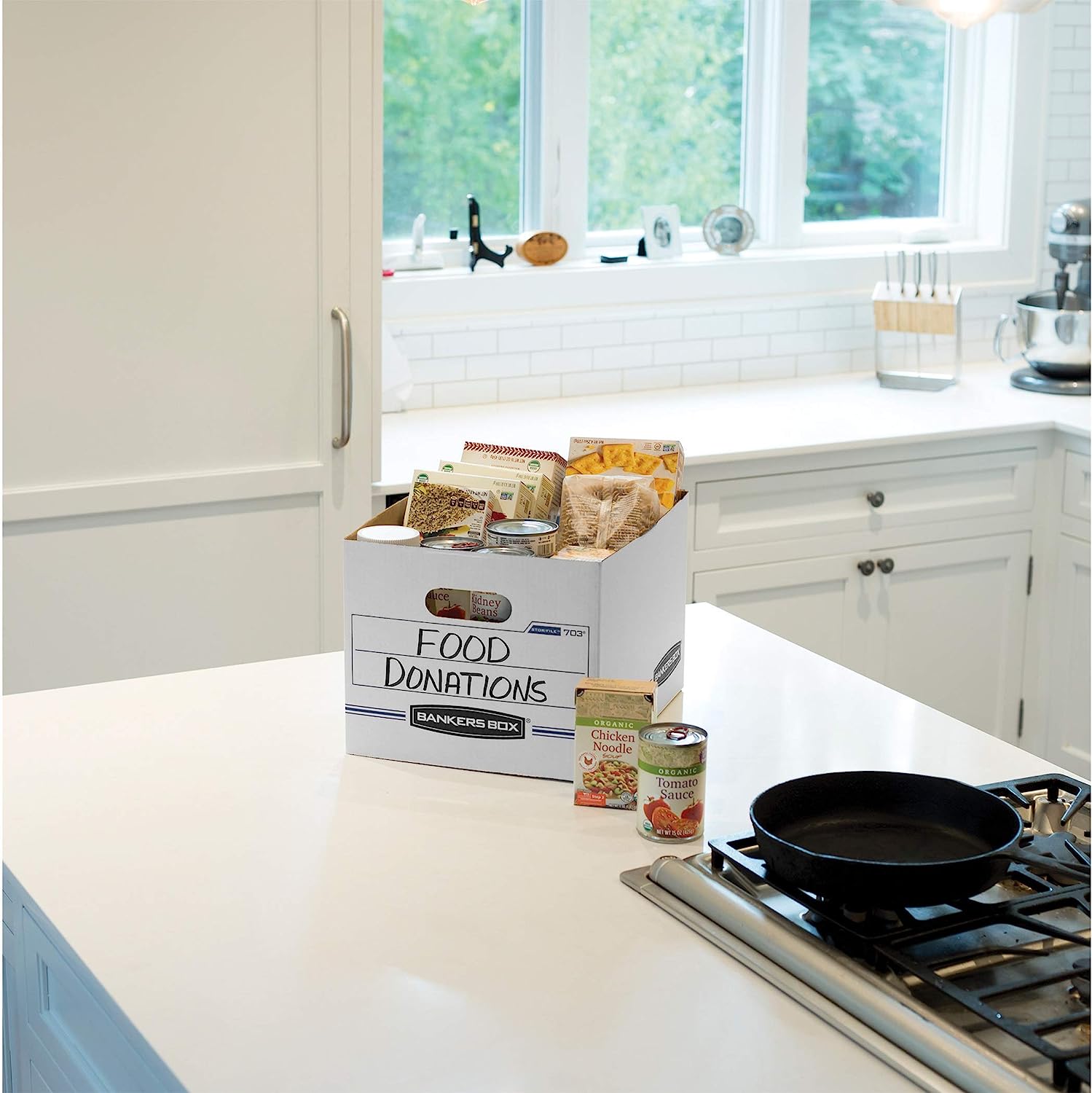
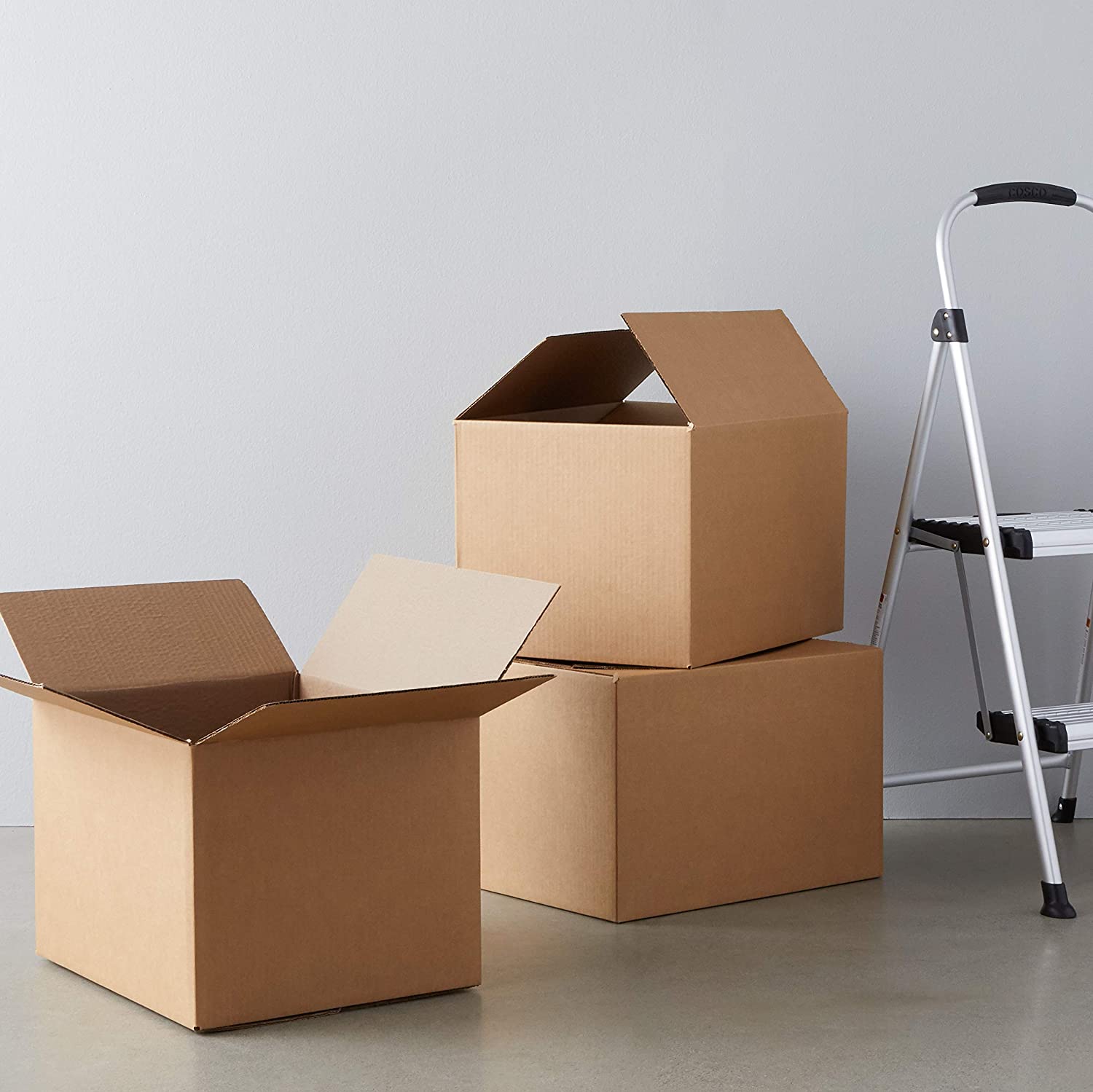
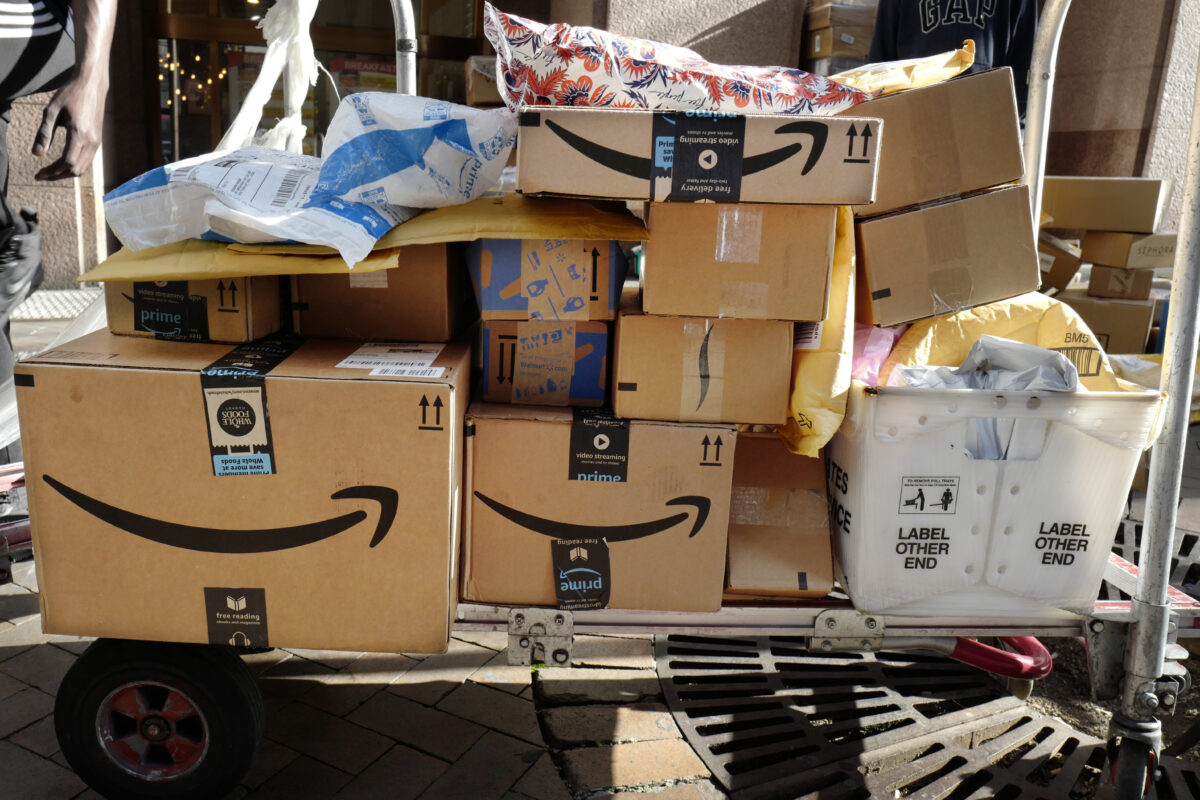
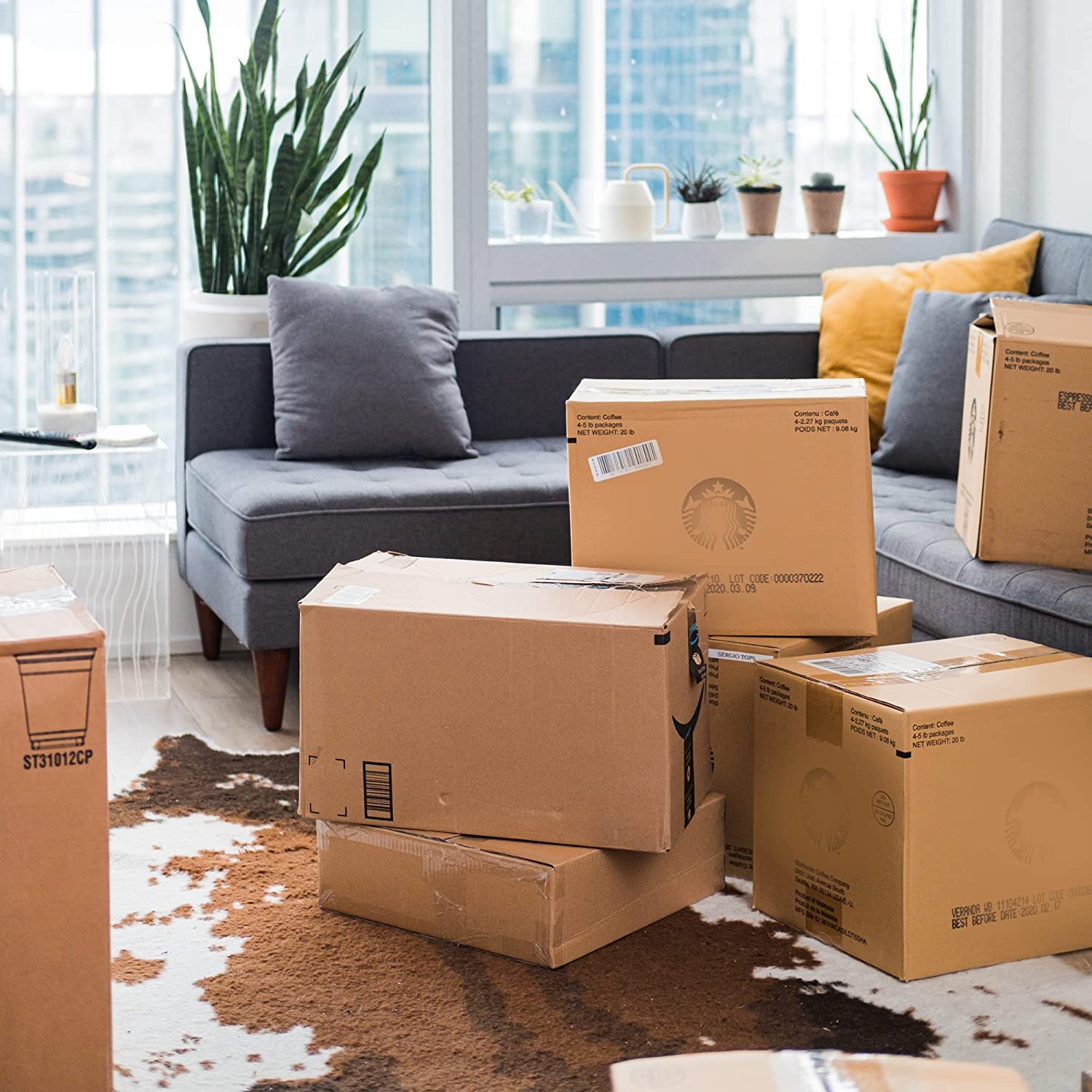
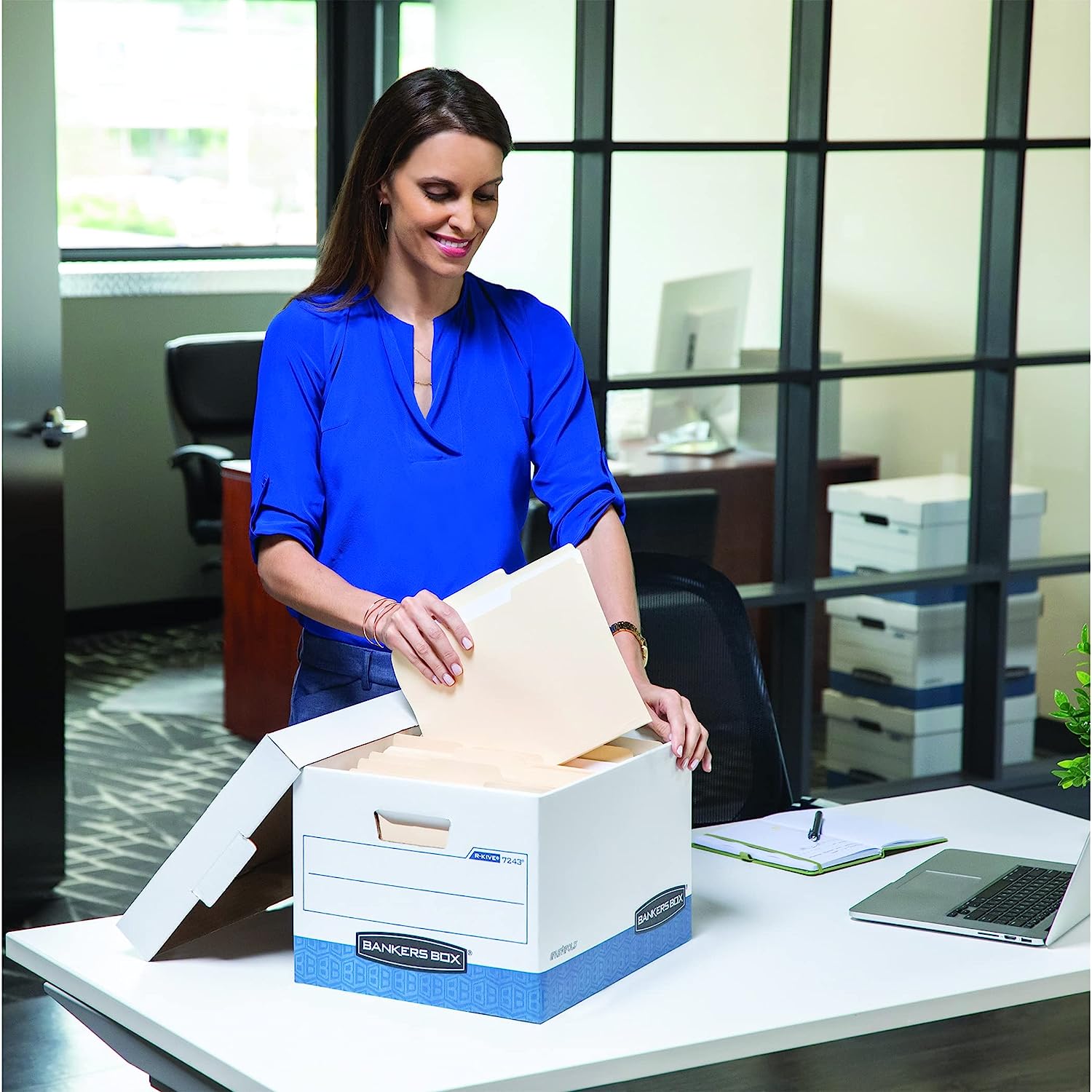
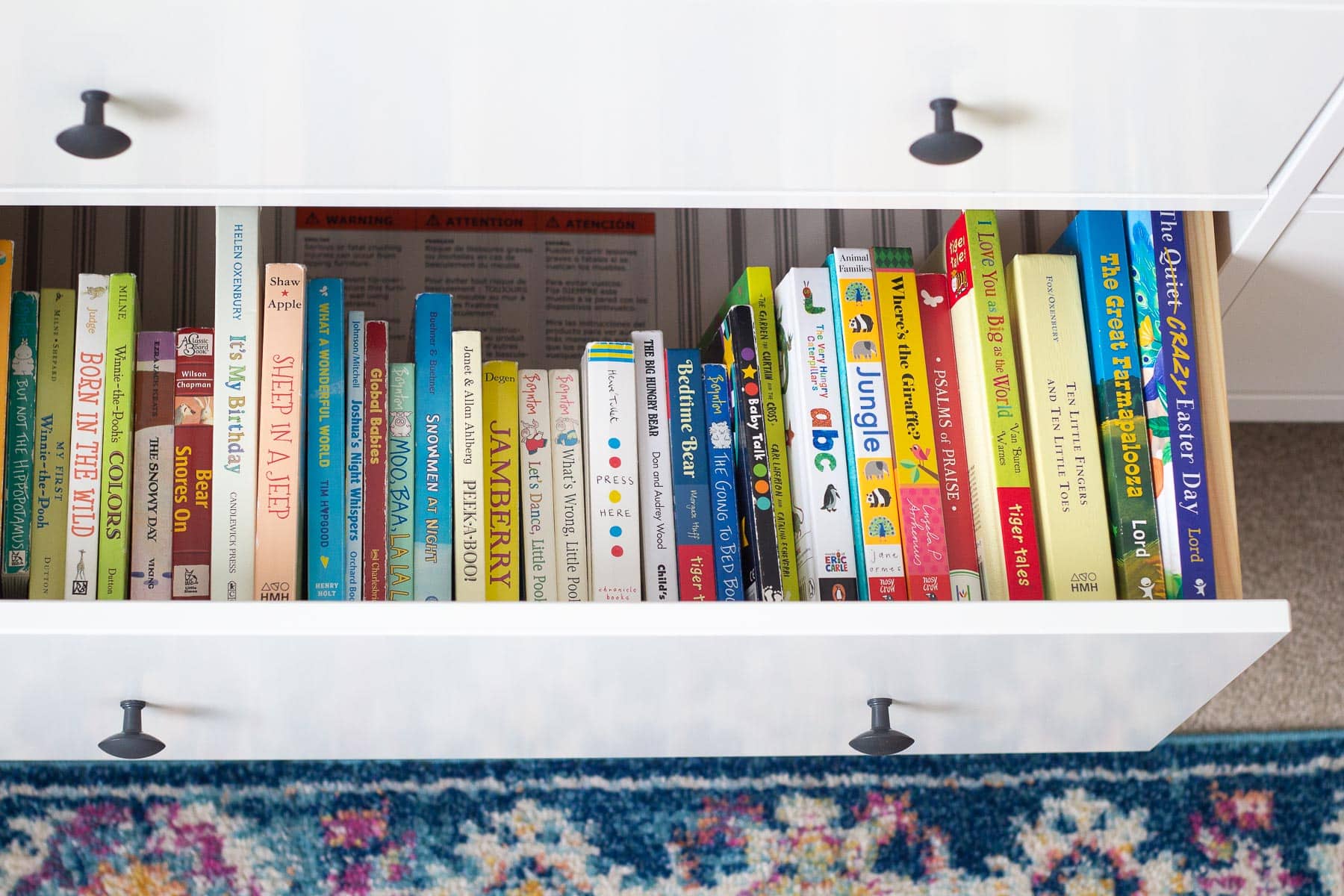
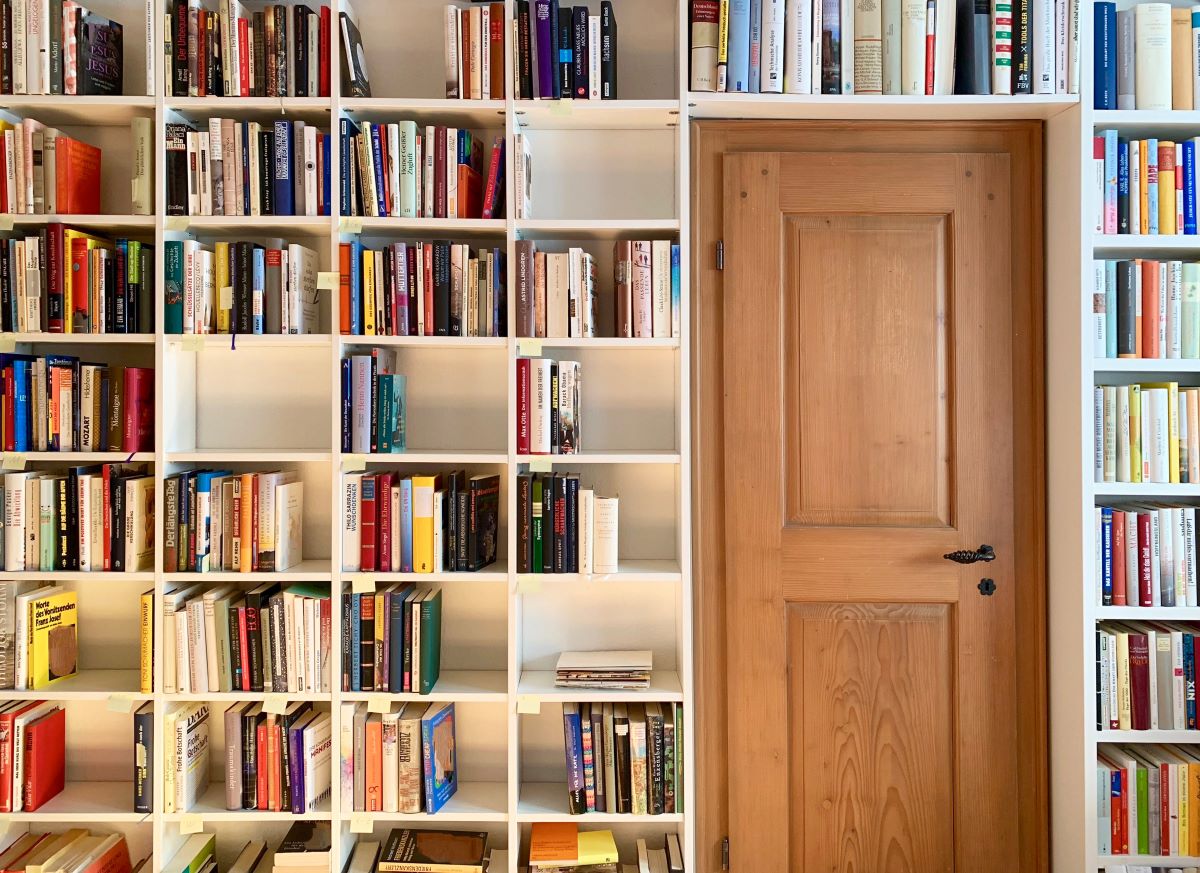

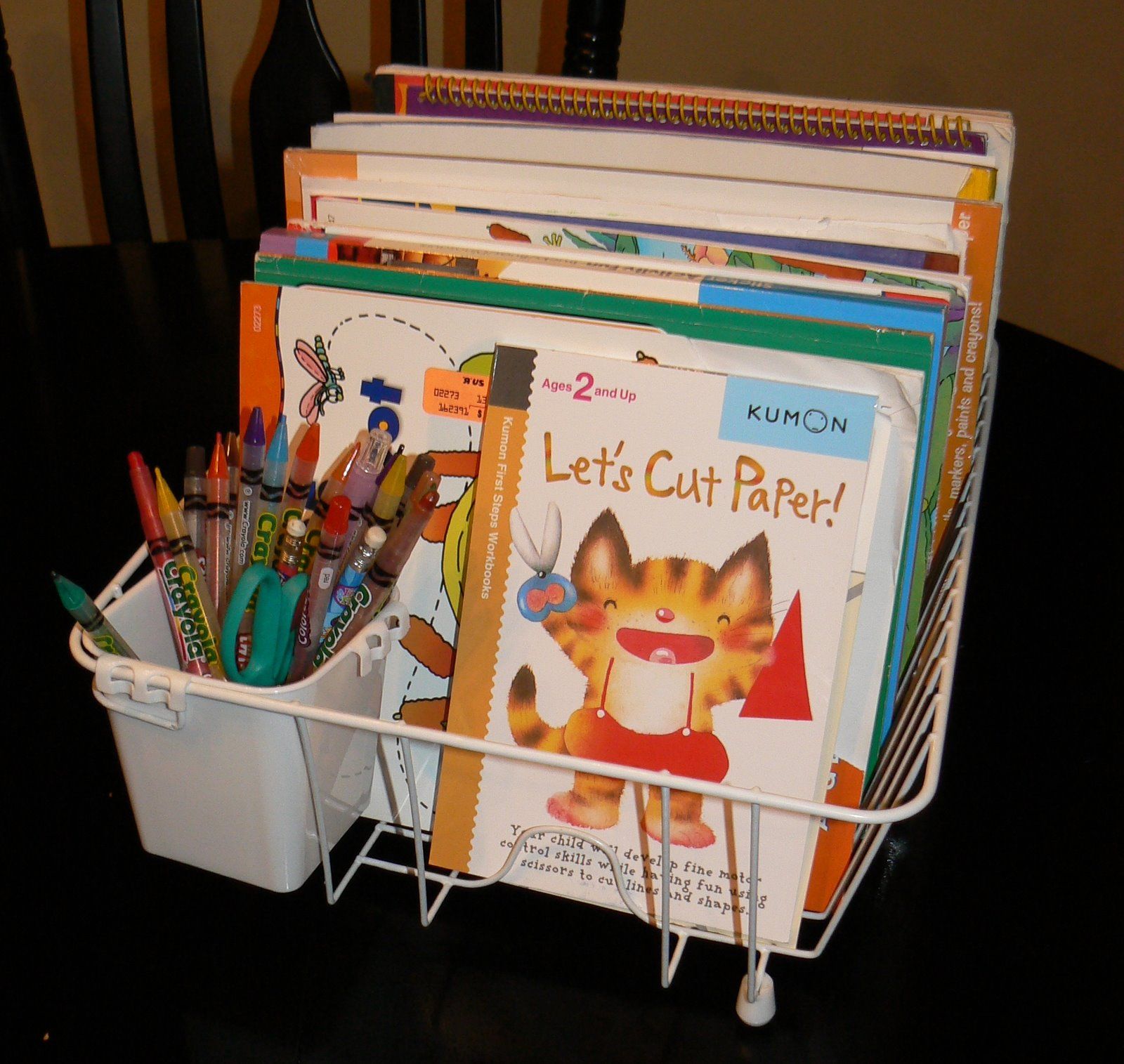
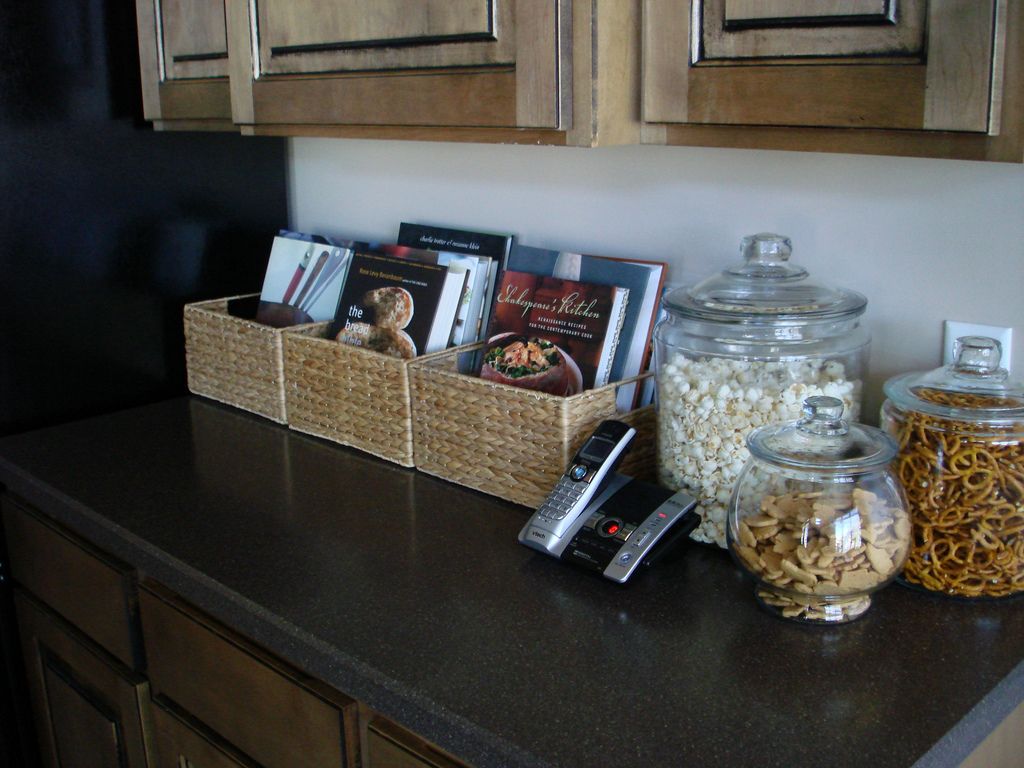

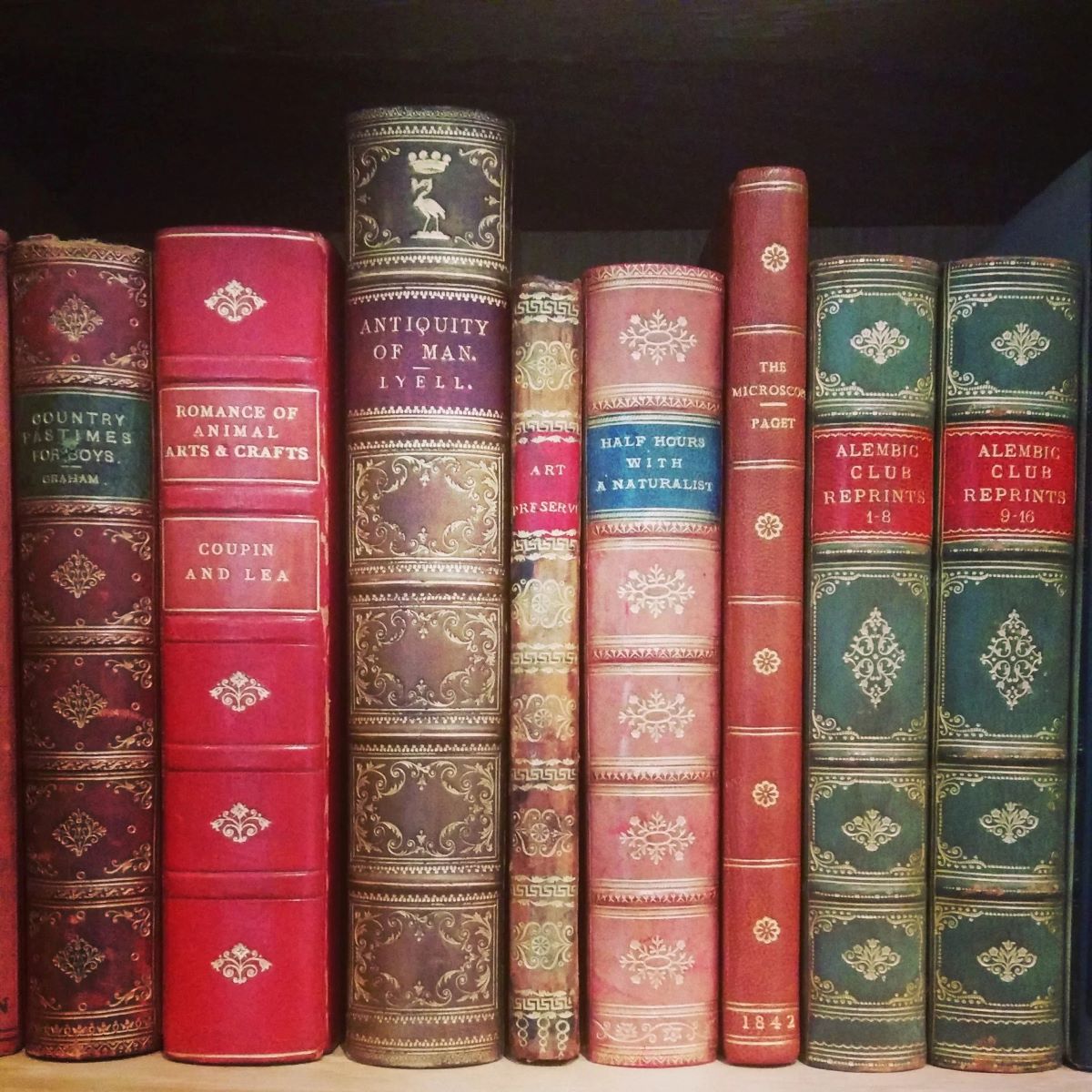
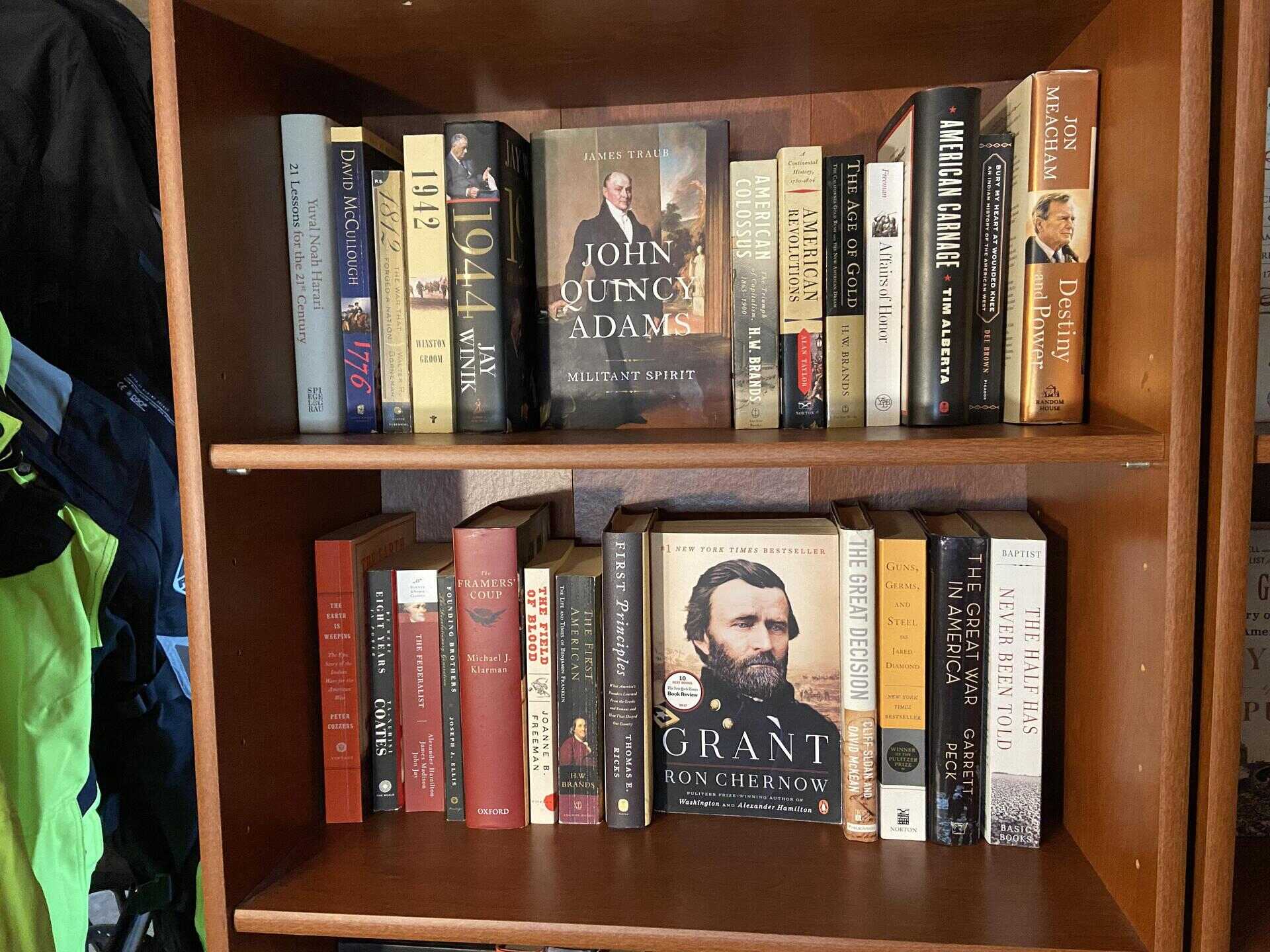

0 thoughts on “How To Store Books In Cardboard Boxes”